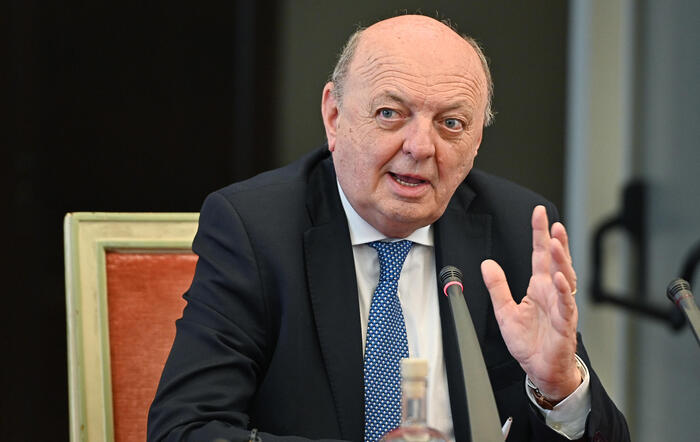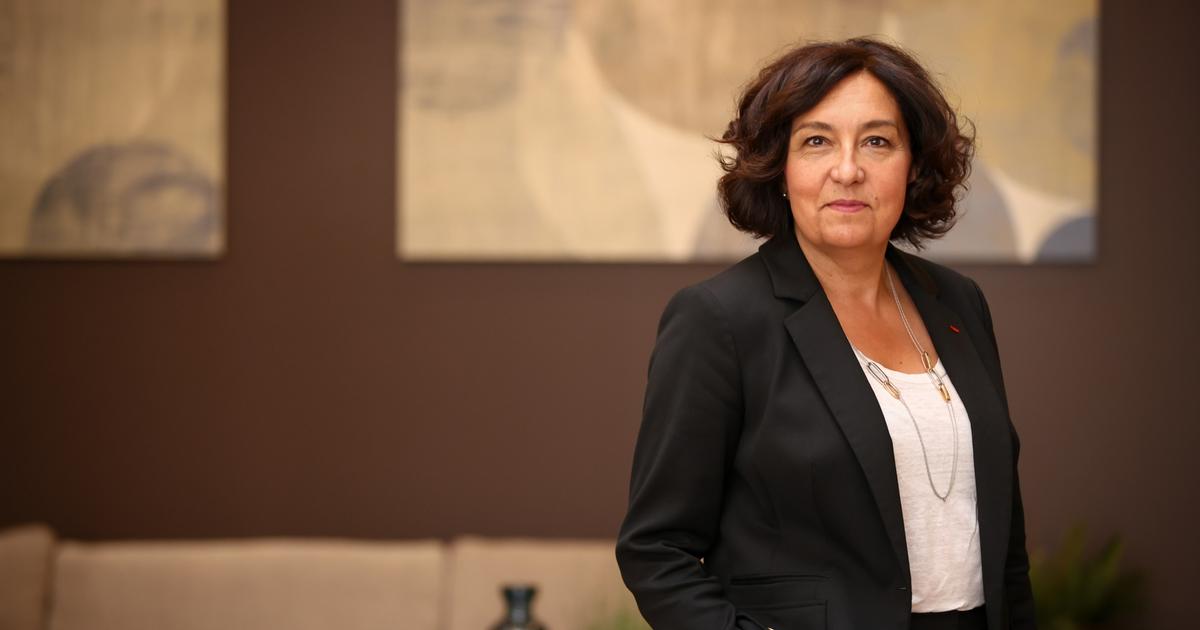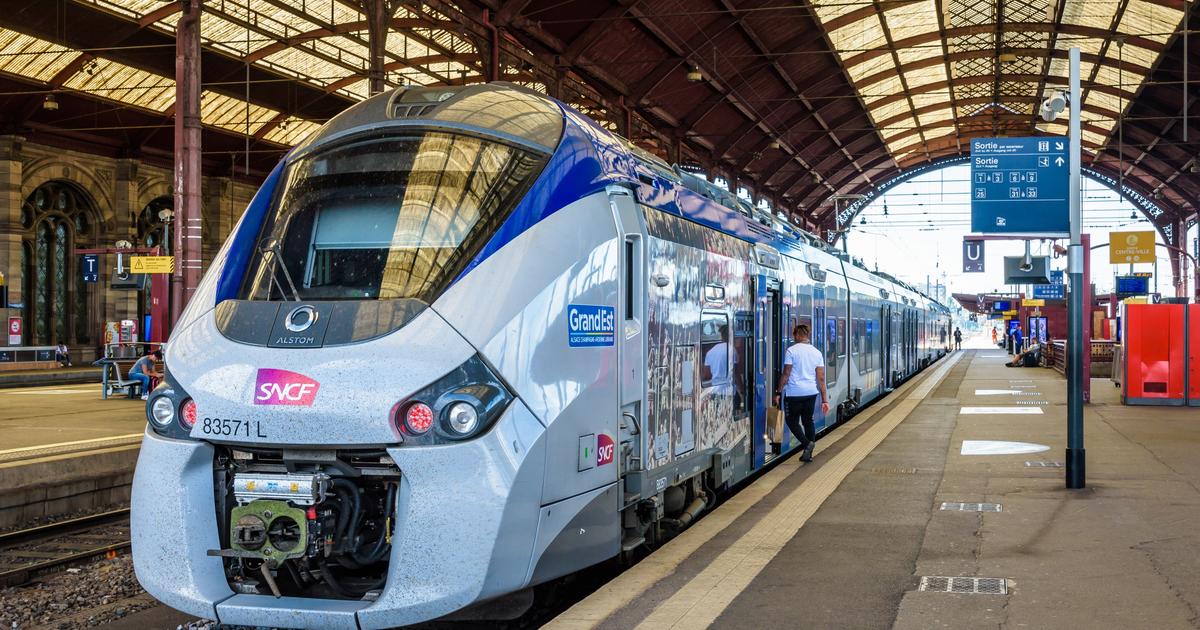The operator of the electricity network RTE published on Monday its main conclusions on the future of the French network by 2050, believing that it would be "economically relevant" to build new nuclear reactors, while insisting on the need to develop energies. renewable.
"Building new nuclear reactors is economically relevant", but "achieving carbon neutrality is impossible without a significant development of renewable energies", underlines RTE in a long-awaited report.
Six scenarios
He launched in 2019 in a vast study, of an unprecedented scale in France and in Europe, the main lessons of which were made public on Monday.
To “shed light on the public debate”, RTE presents six possible production scenarios, ranging from 100% renewable in 2050 to “proactive” nuclear development with the construction of 14 EPRs (new generation reactors) as well as small reactors.
These scenarios, which had already been sketched out technologically, this time take into account the economic, environmental and societal dimensions of the choices to be made.
Read alsoThe French more and more in favor of nuclear power
"The scenarios including new nuclear reactors appear more competitive", economically, conclude the authors.
Even if the costs of renewables have fallen sharply, RTE experts are looking at the “full cost” of each energy.
However, solar or wind power require greater investments for electricity networks (because they are more scattered) and for flexibility (because they do not produce permanently), with the need for example for more storage and thermal power plants. booster for hydrogen or biomethane.
A lively debate
The difference is of the order of 10 billion euros per year between a scenario with new nuclear reactors (14 EPR) and another without, posing as a postulate the development of large renewable parks. The gap is even widening to some 20 billion per year if we compare this nuclear option to another which bet on a "diffuse" development of renewables, with in particular a strong recourse to solar installed on the roofs.
This publication comes at a time when France's energy future is the subject of a lively debate in the run-up to the 2022 presidential election, some candidates advocating a more or less rapid exit from nuclear power (environmentalists or rebellious by example) while others (notably on the right but also in the PCF) are in favor of this energy.
President Emmanuel Macron, in favor of nuclear power, reserves for the moment his decision on the launch of six new EPRs.
The six scenarios imagined by RTE:
The premise: consumption on the rise.
For French consumption, RTE uses the reference scenario of 645 terawatt-hours (TWh) in 2050, an increase of some 35% compared to the current period. It presupposes a “progressive” electrification of uses and a strong ambition for energy efficiency. But RTE is also imagining a trajectory based on “sobriety”, where consumption would only reach 554 TWh. It assumes a change in lifestyle: more teleworking, less consumption of goods and less individual trips. This is the scenario favored, for example, by the environmentalist presidential candidate Yannick Jadot. Conversely, a strong reindustrialisation of France and an accelerated development of hydrogen production could result in even greater electricity consumption (754 TWh),according to RTE.
A 100% renewable scenario:
the first scenario is 100% renewable in 2050: it assumes a total phase-out of nuclear power with a rate of development of photovoltaics, wind power and marine energies "pushed to their maximum". In a report published at the end of January with the International Energy Agency (IEA), RTE had already concluded that it was technically feasible, provided it met a series of strict and cumulative technical conditions. The Minister for the Ecological Transition Barbara Pompili, a longtime nuclear opponent, hailed a "Copernican moment". RTE underlines Monday that scenarios with very high shares of renewables "involve heavy technological bets to achieve carbon neutrality in 2050".
Two scenarios combining renewables and existing nuclear power:
two other scenarios without new EPRs retain a share of nuclear power from existing reactors.
One is based on the development of large parks, particularly wind farms, the other on a “diffuse” distribution with a lot of solar energy, especially on the roofs.
The latter is the most costly scenario for France.
Two paths with new EPRs, but a nuclear minority:
the last three production scenarios imagine the launch of new new generation reactors (EPR2), associated in all cases with an increase in renewables. Two of them imagine a minority but significant share of nuclear in the French mix in 2050, with 8 EPRs or 14 new EPRs respectively launched. "A scenario that preserves a significant nuclear production capacity associated with a significant development of renewables is likely to limit the risk of non-achievement of climate objectives", underlines RTE. Another advantage of building new reactors is that it is a “relevant” choice from an economic point of view, even if this advantage is subject to the ability to access competitive financing.
A scenario maintaining nuclear power at 50% of the mix:
a final scenario finally imagines 14 EPRs plus small reactors and the extension of part of the existing fleet beyond 60 years, making it possible to still have 50% nuclear power in 2050 RTE underlines the technical challenge that this last choice would pose, with many associated uncertainties.














/cloudfront-eu-central-1.images.arcpublishing.com/prisa/H7U7FJNUZBG6BPL5PZCMGC6EUY.jpg)